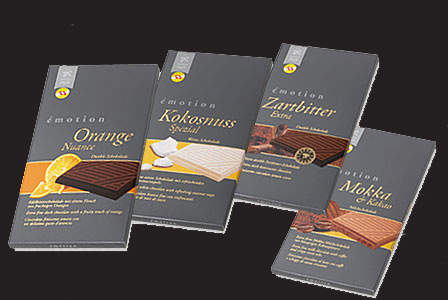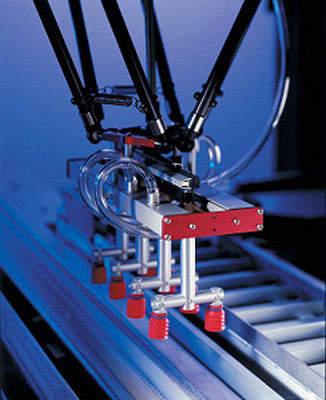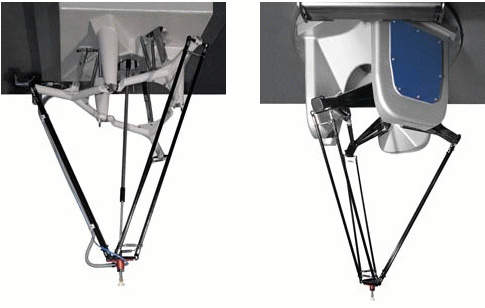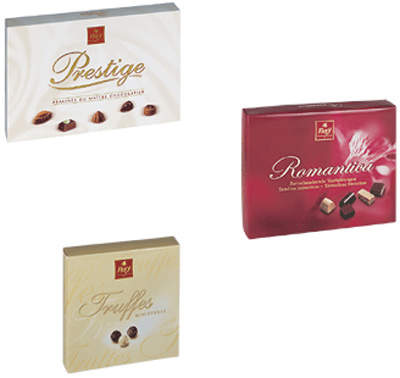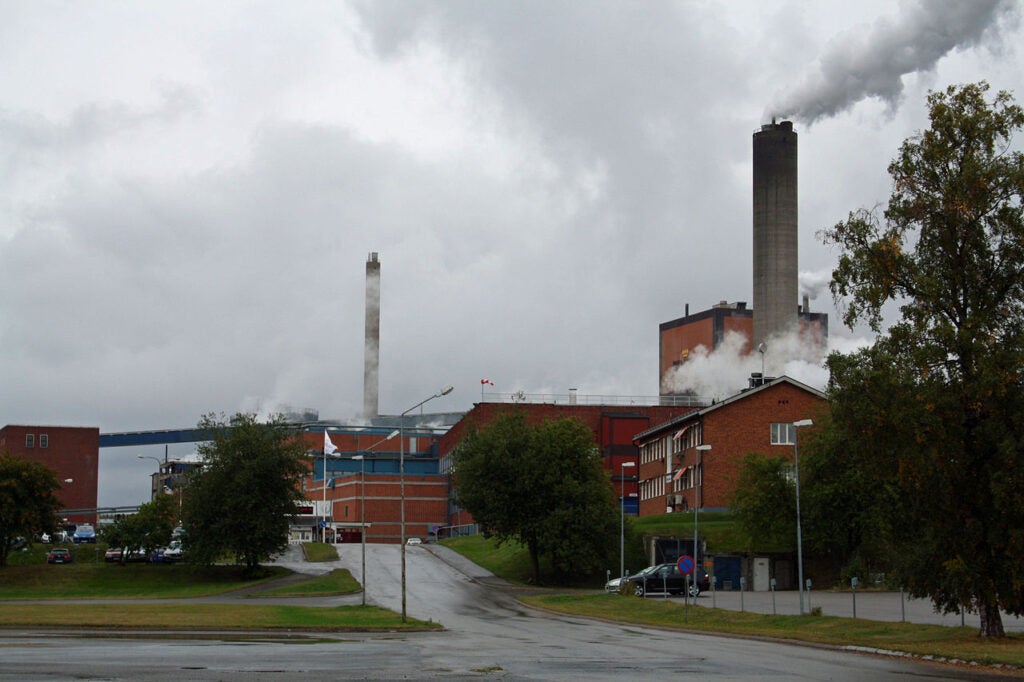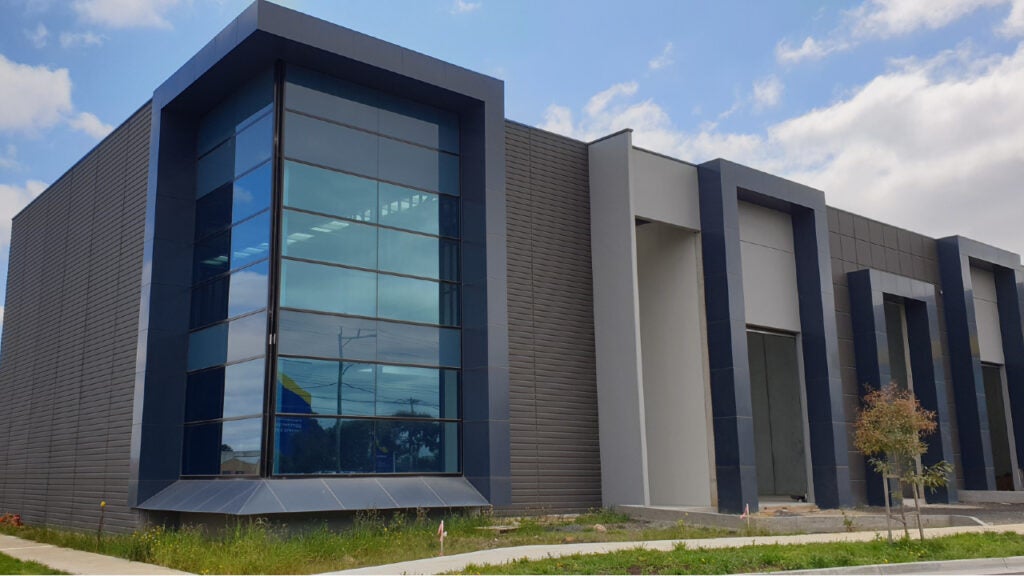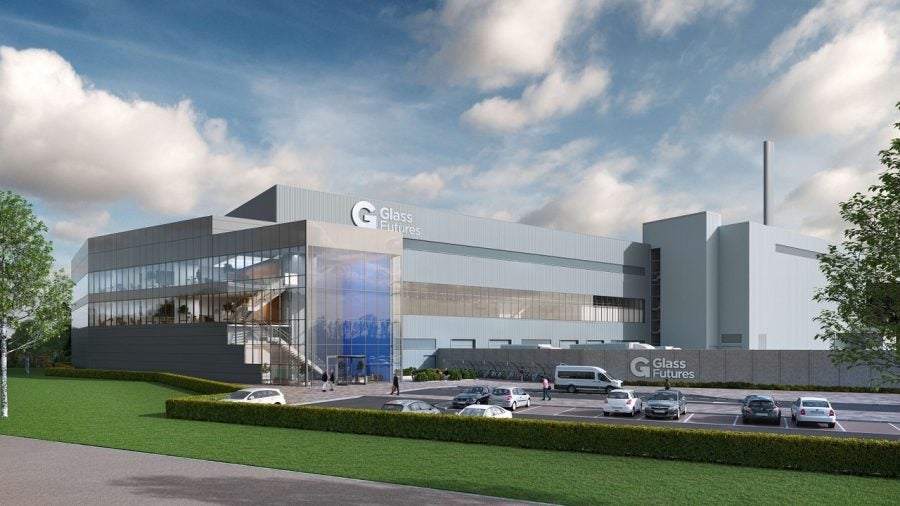The Swiss chocolate manufacturer Chocolat Frey, a subsidiary of the large Swiss retailer Migros, completed an upgrade of its Buchs facility in December 2004. The manufacturer, which (2008) holds a 37% share of the domestic Swiss chocolate market and 8% of the export market (exporting many premium products to the US), aimed to increase productivity and save costs by installing new high-speed robotic packaging equipment.
The force behind the modernisation was a need to maintain product quality and save costs in a declining market. Swiss chocolate sales had declined by 2.4% and production declined by 1.8% from 2003 figures (figures have since recovered). The investment in the new equipment at the Buchs facility, which is one of the largest chocolate production plants in Europe, was estimated at SF5.6m.
The company had been accused of replacing jobs with machines but defended this position by pointing out that short run seasonal products would not be packed by machines since this was not cost effective and manual packing would still be a large part of the company’s processes. Chocolat Frey employs around 900 people and manufactures over 1,500 different products (they are the sole manufacturer of chewing gum in Switzerland). Chocolat Frey is also well known in the UK market as they have produced and packaged the ‘Finest’ range of Swiss chocolates for Tesco since 2004.
Contractor
Sigpack Systems were awarded the contract to install the equipment line at the Buchs factory. Sigpack were chosen for the contract because of their previous history with the company and the fact that they were based in Switzerland, which would allow
easy access for servicing and technical support. In addition, the Sigpack software system, which enables changes in the packaging format, is user friendly and powerful.
Andrew Ettlin, project manager at Chocolat Frey commented: “One of the main arguments for choosing Sigpack Systems was the simplicity of the software changes needed to accommodate new packaging formats. Indeed, this simplicity allows us to react quickly and securely to new demands from the market.”
The new line consists of eight Delta robots to reduce manual handling at the factory by placing chocolates into blister packs and blister packs into cartons. The robots are able to load chocolate into an assortment of up to 40 different plastic packaging formats including blister packs of various dimensions. The new line is expected to operate at two-and-a-half times the speed of the previous packaging machinery and will increase productivity by up to 30%.
The equipment uses optical vision technology which has the ability to recognise unique product packaging formats and specifically selects them to be filled with the correct product. Adept Technology supplied the vision system and motion controller. The new equipment was integrated with existing equipment at the plant and operates alongside the older cartoners and closers.
Chocolate packaging process
Containers are transferred to the robot packaging line from a blister de-stacker. The blister packs are identified by the robot line’s highly advanced vision system and this transmits information on both position and location to the robot motion
controller. The vision system can also identify the type of chocolate product and its position and location. This information is also passed to the motion controller, which allows the coordination of each robot to pick up the products precisely (by selecting the correct suction head to suit the particular product) and place them in the correct place in the blister pack.
After the blister packs are filled they must then be placed in boxes. The boxes are supplied by an existing cartoner and placed in position for handling by a robot module. The filled blister packs are then identified by optical processing and placed in the box by the robot using a specially developed tool.
The same tool also places pads in the boxes before the latter is finally closed. It uses a high air flow instead of a high vacuum and a padded material that enables the gripper tools to tighten on the blister without causing crush damage. A Delta
robot can then close a box or add a lid, either by folding the attached lid into the closed position or by placing a separately formed lid onto the box.
Since 2007 the company has also introduced flat standing bags with resealable card edges for loose confectionery items. This allows product freshness to be retained on the shelf and also gives convenience in packaging (efficient filling and placement).
Following the success of the existing robot packaging system the company are making plans to install more packaging robots.

